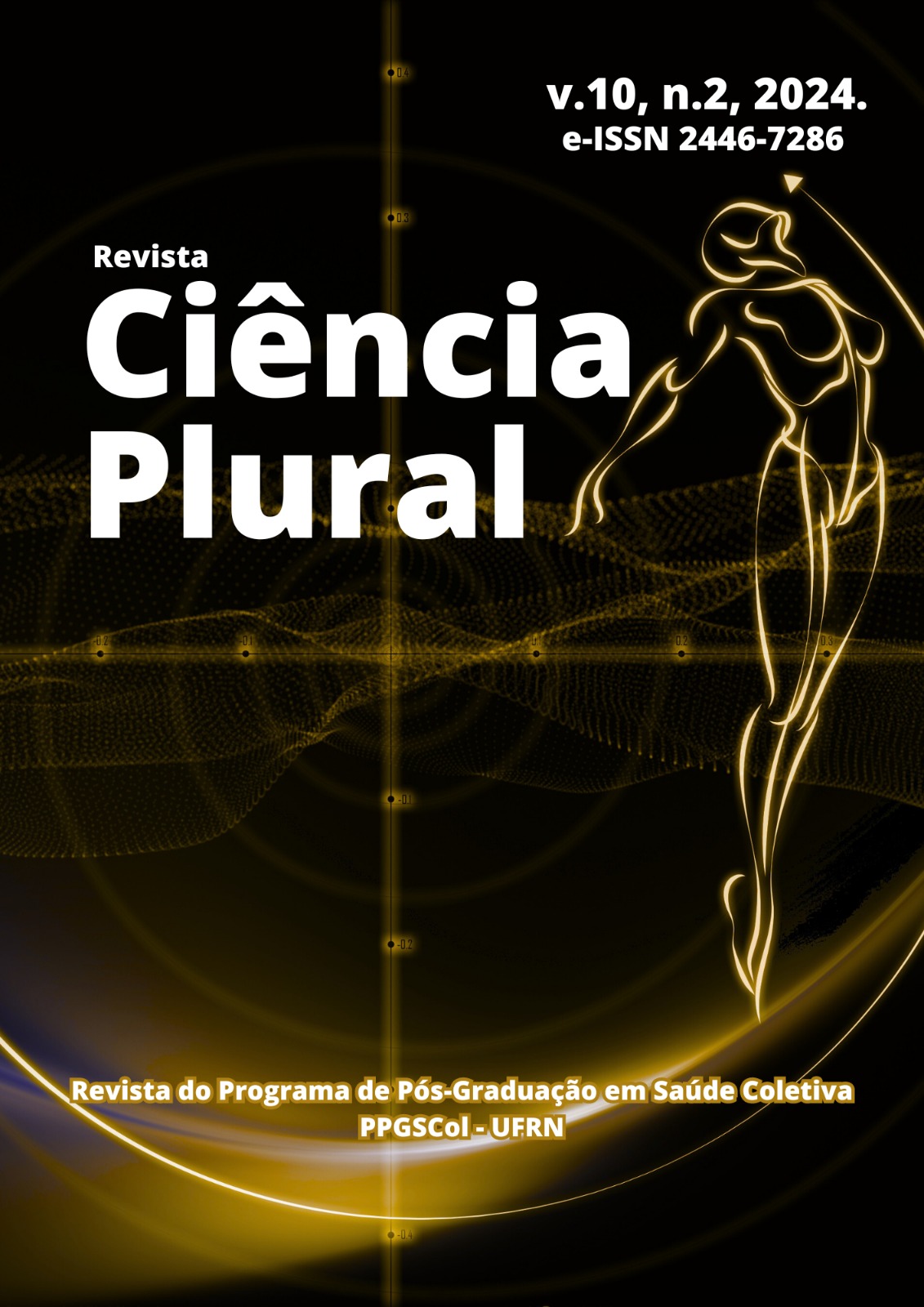The usage of 37% carbamide peroxide in tooth bleaching and its effect on bleaching effectiveness and elimination of sensitivity: a case report
DOI:
https://doi.org/10.21680/2446-7286.2024v10n2ID35297Abstract
Introduction: Tooth sensitivity is the most common adverse effect related to tooth bleaching. In the in-office technique, 37% carbamide peroxide has emerged as a way of tooth bleaching which does not cause sensitivity. Objective: This paper consists of a case report that evaluated the efficacy (color change) and the presence or absence of tooth sensitivity when using a product based on 35% hydrogen peroxide (HP) and another product based on 37% carbamide peroxide (CP) in the in-office tooth bleaching technique. Case report: A 25-year-old male patient underwent a split-mouth study in which 35% hydrogen peroxide was applied to the left hemi-arch and 37% carbamide peroxide to the right hemi-arch. Three sessions were carried out, CP with a single 45-minute application, and HP with three 15-minute applications, on their respective application side and with a seven-day interval between each session. Sensitivity values were analyzed before and after each session using the visual analogue pain scale, and color change was assessed using the Vita Scale, analyzing upper incisors and canines before each session. Conclusions: Teeth bleaching with HP showed better bleaching efficacy and CP showed no sensitivity during the bleaching procedure. Further clinical trials with CP are suggested in order to verify, with a larger sample of patients, its advantages in terms of sensitivity, as well as its bleaching effectiveness.
Downloads
Downloads
Published
How to Cite
Issue
Section
License
Copyright (c) 2024 Revista Ciência Plural

This work is licensed under a Creative Commons Attribution-NonCommercial-ShareAlike 4.0 International License.
À Revista Ciência Plural ficam reservados os direitos autorais referente a todos os artigos publicados.

 Português (Brasil)
Português (Brasil) English
English Español (España)
Español (España)













